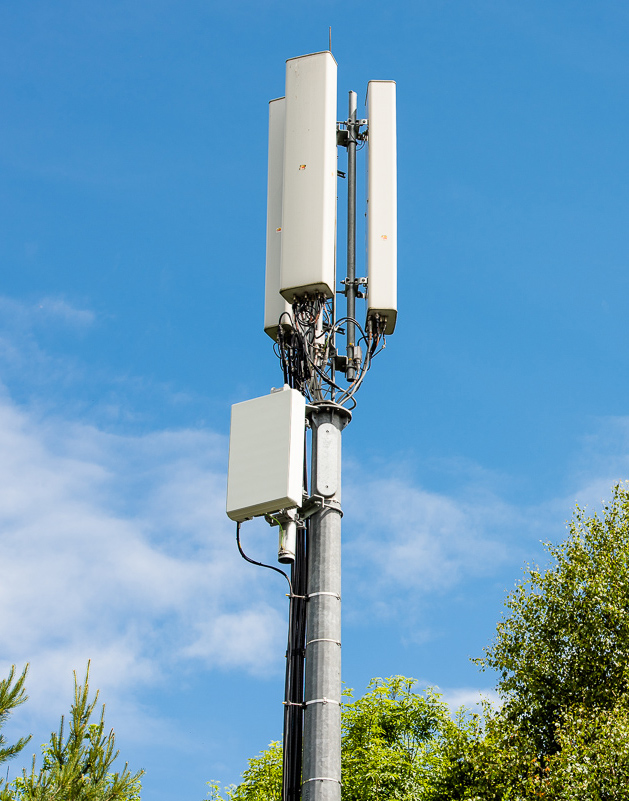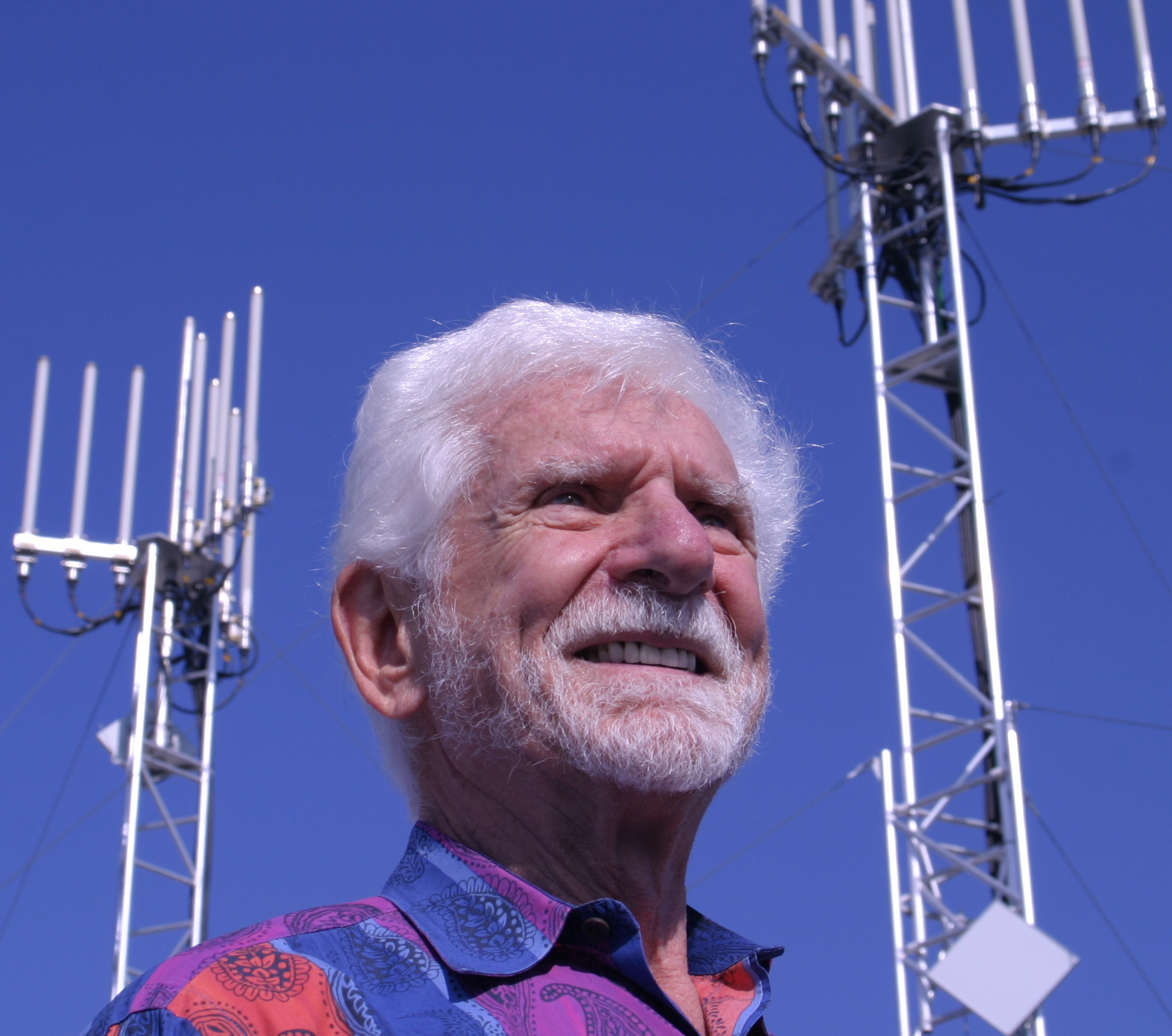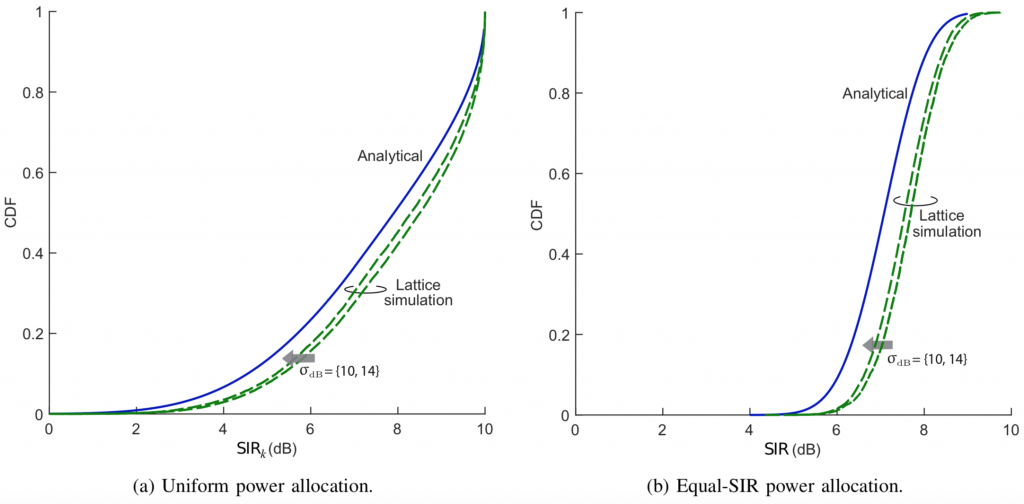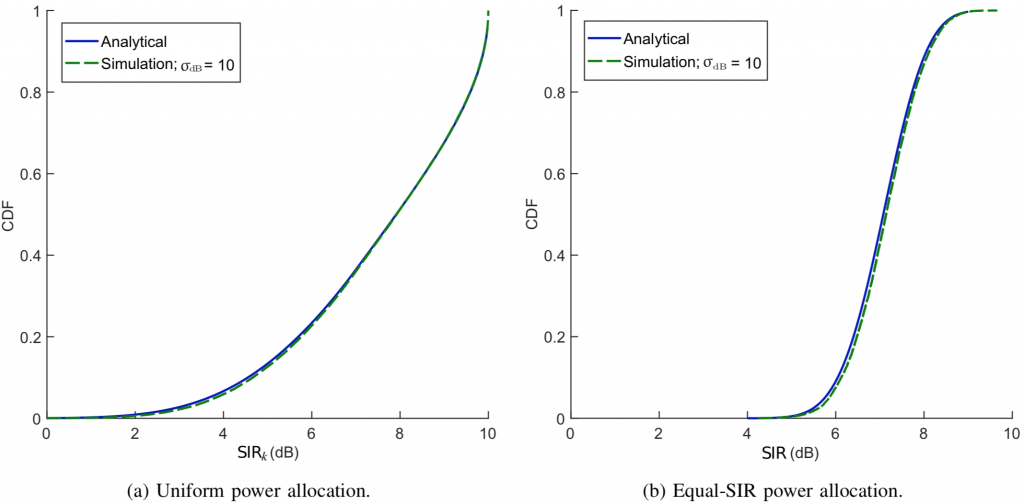If you are following the 5G news, you might have noticed the many claims from various operators and telecom manufactures of being first with 5G. How can more than one company be first?
One telling example from this week is that on Thursday, Sprint/Nokia/Qualcomm reported about the “First 5G Data Call Using 2.5 GHz” and on Friday, Ericsson/Qualcomm reported about a “5G data call on 2.6 GHz band (…) adding a new frequency band to those successfully tested for commercial deployment.” The difference in carrier frequency is so small that I suppose the same hardware could have been used in both bands; for example, the LTE Massive MIMO product that I wrote about last August is designed for the frequency range 2496-2690 MHz. Yet, there is no contradiction between the two press releases; there are many different frequency bands and 5G features that one can be the first to demonstrate the use of, so we will likely see many more reports like these ones.

The multitude of press releases of this kind is an indicator of: 1) The many tests of soon-to-be-released hardware that are ongoing; 2) The importance for the companies to push out a steady stream of 5G related news.
When it comes to Massive MIMO, Sprint has previously showcased their use of fully digital 64-antenna panels at sub-6 GHz frequencies. In the new press release, they mention that hundreds of such panels were deployed in their network in 2018. Dr. Wen Tong, Head of Wireless Research at Huawei, made a similar claim about China in his keynote at GLOBECOM 2018. These are of course very small numbers compared to the millions of LTE base stations that exist in the world, but it indicates how important Massive MIMO will be in 5G. In fact, there are good reasons to believe that some kind of Massive MIMO technology will be used in almost every 5G base station.









